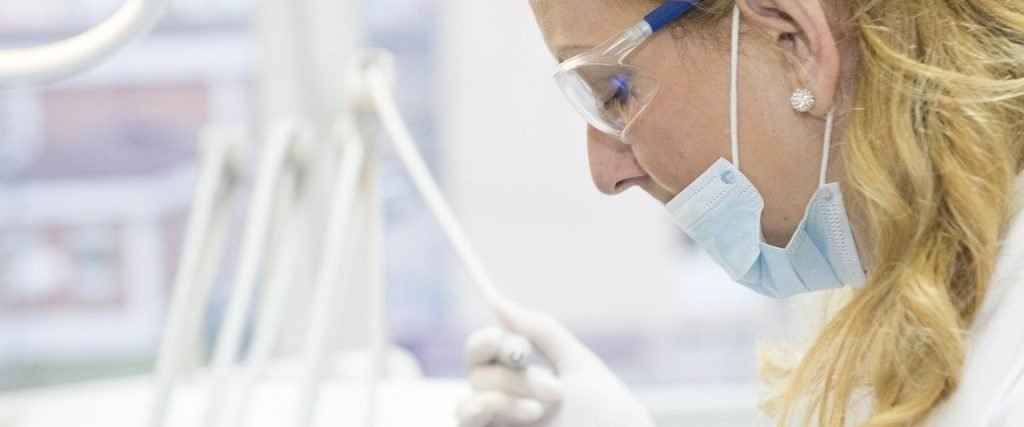When it comes to trying to shrink and tighten skin, you should know there are a variety of procedures available. As we’ve mentioned before, the world of plastic surgery is continuing to advance, day by day.
Here at Davis Cosmetic Plastic Surgery in Cherry Hill, NJ, offering our patients an exciting alternative to typical cosmetic procedures is always exciting. Minimally-invasive options provide the same great results but without significant downtime.
Learn more as Dr. Steven Davis talks about Renuvion / Body and Neck Tite and how these modern methods are changing the game.
Interested in learning more about minimally-invasive procedures to shrink and tighten skin? Contact us today!
[Transcript]
Hi. Dr. Steven Davis at Davis Cosmetic Plastic Surgery. I wanted to talk to you today about one of the most interesting things that’s going on right now in the world of plastic surgery. And that’s trying to figure out a way of causing the skin to get tighter and shrink down without actually cutting any of that skin away.
And the way we’re doing it is by using heated energy to make the skin actually shrink and get tighter. It’s very exciting. There’s two companies right now that are really at the forefront of making this happen.
One of the most exciting things about it is, we here at Davis Cosmetic Plastic Surgery happen to be one of the first people in the whole Delaware Valley that actually have this. And this technology is called Renuvion J-Plasma.
And the beauty of this technology is that what’s happening is we’re actually treating, with this instrument, all the fibers that are underneath the skin that can be used and literally shrink those fibers down.
One of the ways I like to explain this to my patients’ is visualizing a mattress, believe it or not, and the best way to think about this is if you go to the store to buy a mattress that had not only box springs but also some foam in there.
Liposuctioning allows me to remove the foam if you will from the mattress but those box springs, if I can cause that box spring situation, which for us the analogy is, these fine fibers that connect your skin to the muscle tissue below. If I can get those fibers to get shorter and shrink down, I’m going to get that skin to tighten. And that’s exactly what this does.
This process that’s called J-Plasma is actually causing this fourth phase of matter called plasma, to actually cause the skin to shrink down. And it does this very very elegantly. What we do is after we do a little bit of liposuctioning of an area, it could be the neck, could be arms, it could be the abdomen, we then insert this process of this pen into the small little opening and it would literally go after the cords that are still left intact.
So we don’t want to disrupt those cords and that’s why it’s even more gentle than we’ve ever thought we needed to do before.
Best places to look for this is on my website, where you’ll be able to see some arms that have been tightened without having any kind of a scar or an abdomen without having any kind of an abdominoplasty scar, that’s made that skin tighter. Another process that’s not the Renuvion is something called Body Tite and Neck Tite.
Again, it’s a little bit of a different scenario. But it’s been in the news right now a lot because Paula Abdul has had it done to her jawline and neck. And it’s very similar in regards to how we’re going after trying to cause skin to shrink down. But similarly this fine little probe is going to be injected under or placed underneath the skin, while this process is being done on top.
And one of the exciting things about this is that if you can imagine ironing something, we’re actually allowing this to be under the skin and this rests on top of the skin and these are all different sizes, we have small ones called Accutite, this one happens to be a Neck Tite that we use to go right underneath the jawline. And this is exactly what was used on Paula Abdul. But we actually have a larger one that can be used on an abdomen or love handle area.
But at the end of the day, the take home message for all of you listening is that there are now ways of causing the skin to get tighter along with getting rid of extra body fat, without having to have large incisions and to make anything happen that will give you more down time.
So, if you’re interested in these kinds of things, don’t hesitate to contact us at Davis Cosmetic Plastic Surgery and I’ll be talking to you again soon.
Dr. Steven Davis of Davis Cosmetic Plastic Surgery in Cherry Hill, New Jersey wants to ensure the comfort of all patients, which begins with education. We hope our video series can provide useful information for those with upcoming appointments or interested in the behind-the-scenes action of plastic surgery.
Thank you for watching Dr. Steven Davis discuss minimally-invasive ways to shrink and tighten skin. If you want more content in audio format, please check out The Plastic Surgery Revolution. Also, check out Dr. Steven Davis on Instagram, Facebook & Twitter!



